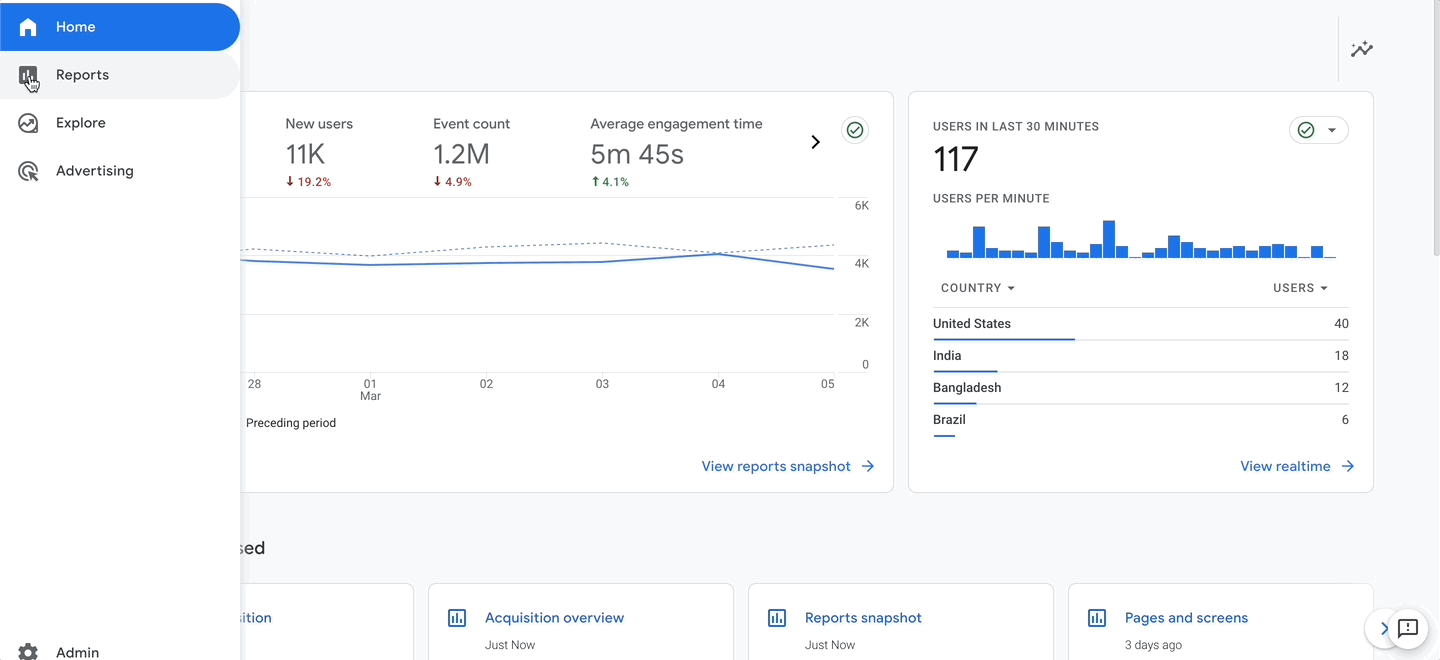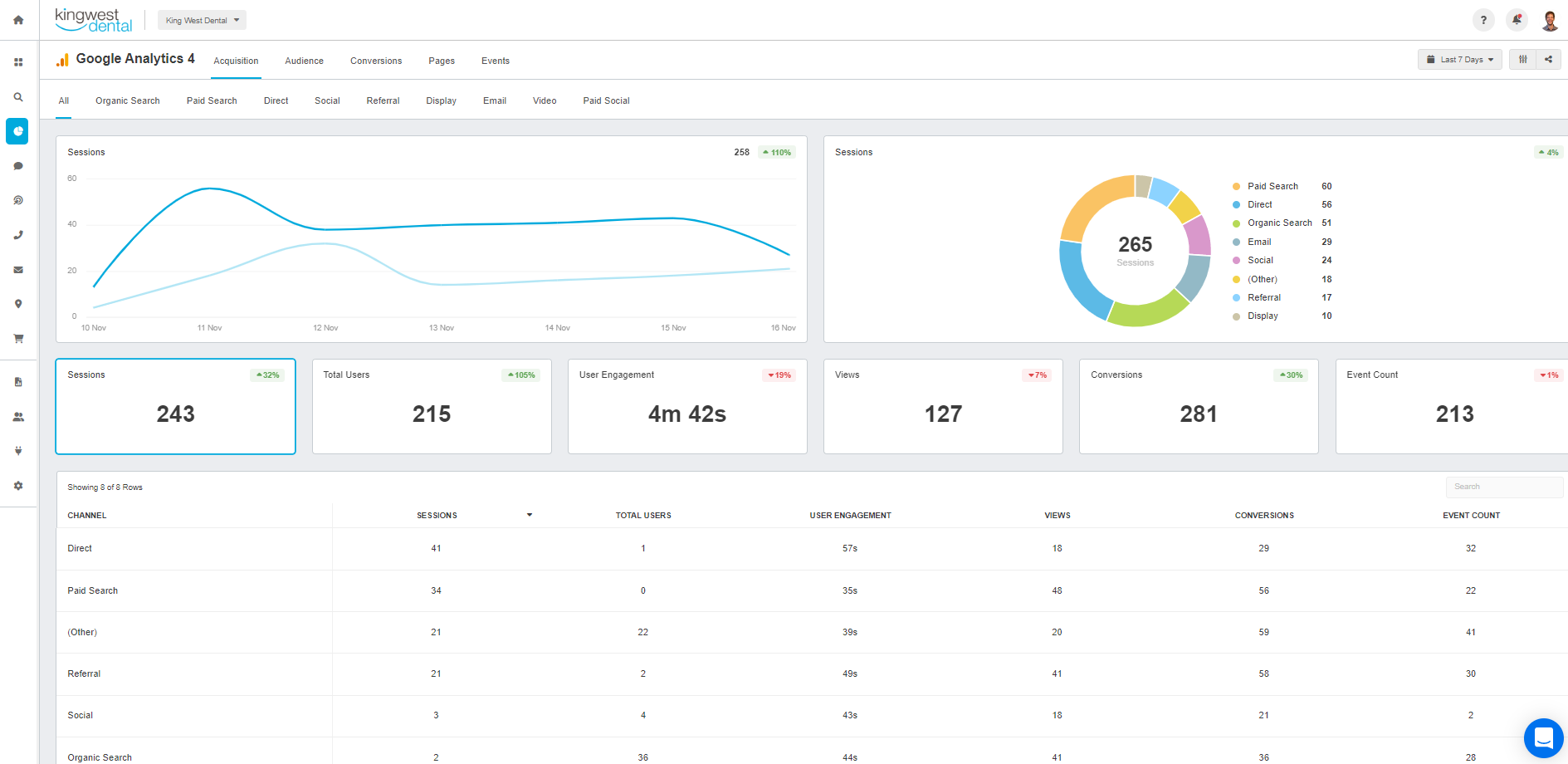Maximize Coverage Accuracy With Second Measurement in Google Analytics
Understanding just how to maximize reporting precision with additional dimensions in Google Analytics can considerably enhance the deepness of understandings acquired from data evaluation. By incorporating secondary dimensions strategically, online marketers can discover surprise patterns and relationships that might not be quickly obvious when examining key metrics alone.
Understanding Additional Dimensions in Google Analytics
Second dimensions allow users to section and better study data beyond the key measurement picked. While the key measurement might show the total number of web page views, including a secondary measurement such as 'source/medium' can give understandings right into where the traffic originated from.
In addition, comprehending secondary dimensions is essential for creating extra tailored reports customized to certain organization objectives. By picking the best mix of secondary and primary dimensions, experts can reveal patterns, patterns, and relationships that may otherwise stay concealed. This nuanced approach to data evaluation equips organizations to make enlightened choices based on a thorough understanding of user actions throughout numerous dimensions.

How to Apply Additional Measurements
When leveraging second dimensions in Google Analytics, the sensible application entails selecting particular information specifications to further refine insights beyond the key measurement's scope. To apply secondary measurements effectively, start by accessing the report or dataset where you wish to dive much deeper into the data. Remember that second dimensions aid provide context and granularity to your main dimension information, enabling you to draw out more actionable and purposeful insights from your Google Analytics records.
Leveraging Secondary Dimensions for Insights
Making use of second measurements in Google Analytics enables a much more detailed evaluation of data, offering beneficial understandings past the key dimension's extent. By leveraging second measurements, customers can dive much deeper into the efficiency metrics of their internet site or application, discovering surprise patterns and fads that might not be quickly noticeable when only taking a look at main dimensions.
One key advantage of utilizing secondary dimensions is the ability to sector and filter data extra exactly. This can aid marketing experts and analysts better comprehend the habits of particular user sections, such as brand-new site visitors versus returning site visitors, or traffic coming from different geographic areas.
Furthermore, additional dimensions allow users to compare and contrast different information factors within the exact same record, offering a much more all natural view of performance (Secondary Dimension in Google Analytics). Combining the key dimension of landing pages with additional measurements like demographics or gadgets can expose which web pages are most efficient in engaging individuals on different devices or from different market groups.
In significance, leveraging secondary dimensions in Google Analytics encourages individuals to draw out richer understandings from their data, resulting in even more enlightened decision-making and ultimately, boosted efficiency.
Finest Practices for Secondary Measurements
When assessing information in Google Analytics, incorporating additional dimensions successfully improves the depth of insights derived from the key metrics. Selecting pertinent additional measurements helps in offering context and a clearer understanding of the data being taken a look at.
Moreover, it is suggested to limit the number of secondary dimensions made use of in a solitary report to prevent frustrating the analysis with too much information. Concentrating on a few crucial secondary Check This Out dimensions at once can lead to even more workable and focused understandings. Furthermore, consider explore different combinations of primary and second dimensions to discover one-of-a-kind trends and patterns that might not be noticeable when considering the information in seclusion.
Advanced Evaluation Techniques With Second Dimensions
Exploring intricate data relationships through the calculated application of additional measurements can reveal nuanced understandings that raise the depth of analysis in Google Analytics. By combining secondary measurements with main data sets, advanced analysis methods can be used to extract valuable details.
Additionally, secondary measurements can improve the evaluation of conversion paths by offering added context. Recognizing the various touchpoints an individual engages with before transforming can look these up be essential in optimizing the customer journey - Secondary Dimension in Google Analytics. By using additional dimensions to dive into specifics such as traffic sources or tools made use of, marketing professionals can tailor approaches to target high-converting networks properly
Verdict

To improve data evaluation and gain much deeper understandings right into user actions, understanding secondary measurements in Google Analytics is essential - Secondary Dimension in Google Analytics. Secondary dimensions enable users to sector and better explore data past the primary dimension look at this website picked. While the main dimension may show the overall number of page views, including a secondary dimension such as 'source/medium' can offer understandings right into where the traffic originated from.When leveraging secondary dimensions in Google Analytics, the practical application involves selecting details data parameters to further improve insights past the primary measurement's extent. Remember that additional dimensions assist provide context and granularity to your key measurement data, allowing you to remove more significant and actionable insights from your Google Analytics records